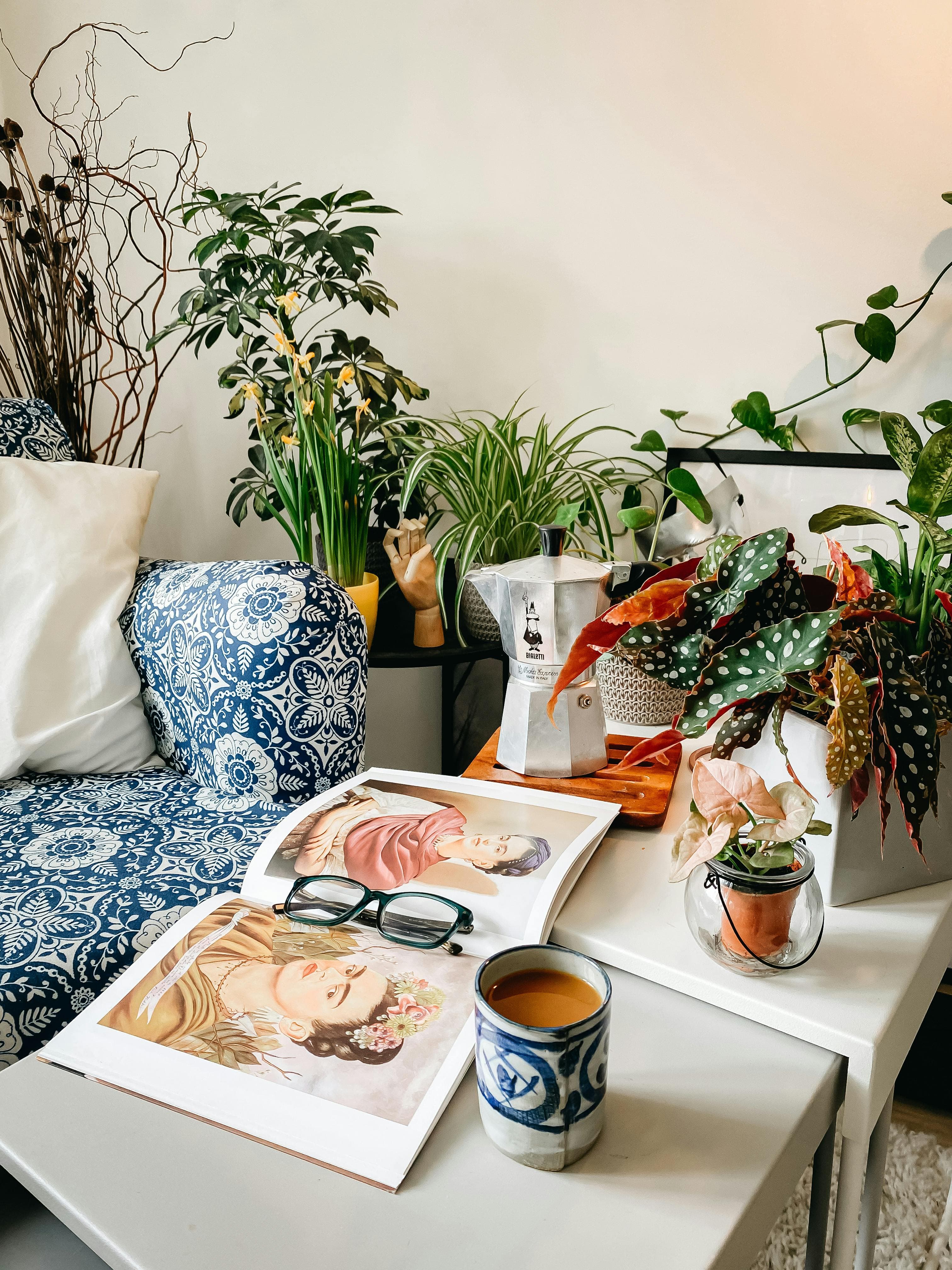Addressing Home Plant Pest Infestations
Houseplants can brighten up your home, improve air quality, and bring a touch of nature indoors. However, they can also attract various pests that can harm your plants. Understanding how to identify and address these infestations is crucial for maintaining healthy indoor plants. Here’s a comprehensive guide to help you manage common houseplant pests effectively.
Identifying Common Houseplant Pests
Before you can treat any pest infestation, you need to know what you're dealing with. Here are some of the most common pests that plague houseplants:
- Aphids: Small, soft-bodied insects that are usually green, black, or white. They typically cluster on new growth and undersides of leaves.
- Spider Mites: Tiny spider-like pests that create fine webs on plants. They cause yellow or white speckles on leaves by sucking plant juices.
- Mealybugs: Small, white, cottony pests that cluster in leaf axils, on stems, and on leaf surfaces.
- Scale: Hard or soft-bodied insects that attach firmly to plant parts and appear as bumps on stems or leaves.
- Fungus Gnats: Small black flies that hover around soil and are more of a nuisance than harmful to plants.
Steps to Treat Plant Pest Infestations
1. Isolate Infected Plants
To prevent the spread of pests to other plants, isolate the affected plant as soon as you notice any signs of infestation.
2. Inspect and Clean Regularly
Regularly check your plants for signs of pests and clean the leaves with a soft, damp cloth. This can help remove and reduce the number of pests.
3. Use Natural Remedies
Several natural remedies can be effective in treating mild pest infestations:
- Neem Oil: An organic oil that acts as a pesticide and fungicide.
- Insecticidal Soap: A mild soap solution can help control pests without harming your plant.
- Diatomaceous Earth: A powder that causes dehydration in insects upon contact.
4. Introduce Beneficial Insects
Beneficial insects, such as ladybugs and lacewings, can be introduced to your indoor garden as natural predators to certain pests.
5. Chemical Treatments
If natural remedies are not effective, you might consider using chemical pesticides. Be sure to use products that are safe for indoor use and follow the application instructions carefully.
Preventing Future Infestations
Prevention is always better than cure. Here are some tips to help prevent pest infestations in your houseplants:
- Maintain Plant Health: Healthy plants are less likely to attract pests. Ensure your plants get appropriate light, water, and nutrients.
- Quarantine New Plants: Always quarantine new plants for a few weeks to observe any signs of pests before introducing them to your plant collection.
- Regular Cleaning: Keep your plant area clean and free of plant debris to minimize the risk of attracting pests.
By following these steps, you can keep your indoor plants healthy and free from pests. If you encounter a pest infestation that you cannot manage, remember that Mavyn offers both AI and human expert help services. You can chat with Mavyn GPT or connect with a human expert to get tailored advice and solutions for your specific situation.
